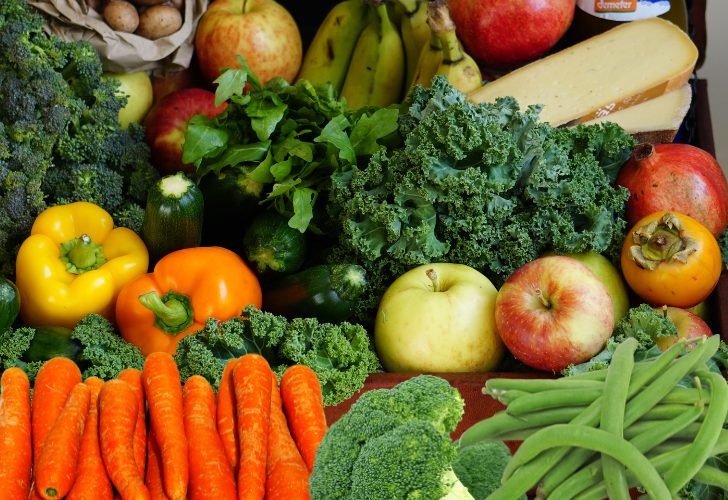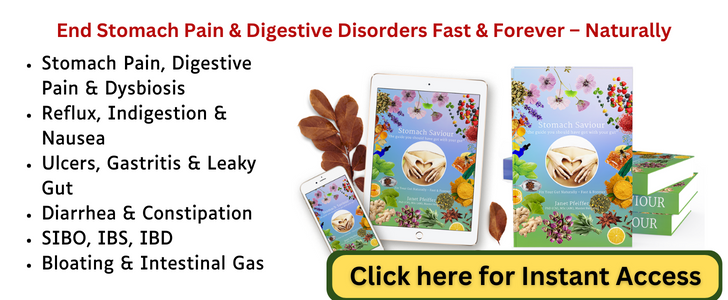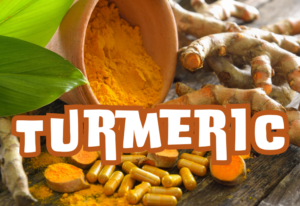
Unlocking 30 High-Fiber Foods to Boost Your Health
High-Fiber Foods are the most essential food items to be included in your grocery list for a healthy & Fit body. In the quest of a balanced diet high-fiber foods has been found to be the most essential ingredient, as it provides numerous advantages to overall health. High-fiber diets are vital for digestion & heart health. Here is a complete guide to 50 high-fiber foods that are both beneficial and delightful additions to your diet.
Understanding High-Fiber Foods
Before getting into the list of high-fiber foods, it’s critical to understand what fiber is and why it’s so important to our health. Fiber is a form of carbohydrate that the body can’t digest. Instead, it goes through the digestive system relatively intact, helping to regulate bowel motions, decrease cholesterol, and control blood sugar levels.
Soluble vs. Insoluble High-Fiber Foods
There are two forms of fiber: soluble and insoluble. Soluble fiber dissolves in water, generating a gel-like substance that can decrease cholesterol and regulate blood sugar levels. Insoluble fiber, on the other hand, does not dissolve in water and instead adds volume to the stool, promoting regular bowel movements and reducing constipation.
| No | Food Item | Fiber Content |
|---|---|---|
| 1 | Legumes (e.g., lentils, chickpeas, black beans) | Excellent source of fiber, providing around 15-19 grams per cup cooked. |
| 2 | Berries (strawberries, raspberries, blueberries) | Rich in fiber, with approximately 6-8 grams per cup. |
| 3 | Avocado | Contains healthy fats and about 10 grams of fiber per cup sliced. |
| 4 | Whole Grains (e.g., oats, quinoa, brown rice) | Packed with fiber, offering 5-8 grams per cooked cup. |
| 5 | Nuts and Seeds (e.g., almonds, chia seeds, flaxseeds) | Nutrient-dense sources of fiber, delivering 3-8 grams per ounce. |
| 6 | Vegetables (e.g., broccoli, Brussels sprouts, spinach) | High in fiber, providing roughly 4-7 grams per cooked cup. |
| 7 | Fruits (e.g., apples, pears, oranges) | Fiber-rich options, offering about 2-5 grams per medium-sized fruit. |
| 8 | Whole Grain Products (e.g., whole wheat pasta, whole grain bread, whole grain crackers) | Fiber content varies but generally provides 2-5 grams per serving. |
| 9 | Prunes | Known for their laxative effects due to their high fiber content, offering about 12 grams per cup. |
| 10 | Bran Cereals (e.g., bran flakes, All-Bran cereal, wheat bran) | Fiber powerhouses, providing 6-12 grams per serving. |
| 11 | Popcorn | Surprisingly high in fiber, with roughly 6 grams per popped cup. |
| 12 | Legumes (e.g., kidney beans, pinto beans, navy beans) | Rich in fiber, delivering approximately 9-13 grams per cup cooked. |
| 13 | Carrots | Crunchy vegetables with a good amount of fiber, offering around 3.5 grams per cup sliced. |
| 14 | Sweet Potatoes | Nutrient-dense tubers, providing about 4 grams of fiber per medium-sized potato. |
| 15 | Artichokes | Delicious and fibrous, with approximately 7 grams of fiber per medium-sized artichoke. |
| 16 | Peas | Small but mighty, offering about 9 grams of fiber per cooked cup. |
| 17 | Pumpkin | Not just for carving, pumpkin is also rich in fiber, with around 3 grams per cup cooked. |
| 18 | Whole Grain Products (e.g., quinoa, barley) | Versatile grains with a fiber content ranging from 5-8 grams per cooked cup. |
| 19 | Sunflower seeds | Tiny but fiber-packed, offering roughly 3 grams of fiber per ounce. |
| 20 | Bananas | Portable and nutritious, providing about 3 grams of fiber per medium-sized banana. |
| 21 | Walnuts | Heart-healthy nuts with approximately 2 grams of fiber per ounce. |
| 22 | Psyllium husk | Often used as a fiber supplement, offering a concentrated source of fiber. |
| 23 | Bran muffins | Breakfast favorites packed with fiber, typically providing around 5-7 grams per muffin. |
| 24 | Split peas | Legumes with a high fiber content, offering about 16 grams per cooked cup. |
| 25 | Chia seeds | Superfoods loaded with fiber, providing around 10 grams per ounce. |
| 26 | Lima beans | Nutrient-dense legumes, offering approximately 13 grams of fiber per cup cooked. |
| 27 | Black beans | Protein-rich legumes packed with fiber, delivering about 15 grams per cup cooked. |
| 28 | Spinach | Leafy greens with a good amount of fiber, offering roughly 4 grams per cooked cup. |
| 29 | Bran flakes | Breakfast cereals known for their fiber content, providing about 7 grams per cup. |
| 30 | Flaxseeds | Tiny seeds with a big fiber punch, offering around 8 grams per ounce. |
Benefits of High-Fiber Foods
Incorporating high-fiber foods into your diet has numerous benefits that improve your overall health and well-being. For starters, fiber helps digestive health by encouraging regular bowel movements and reducing constipation. High fiber meals minimize the incidence of hemorrhoids and diverticulitis by promoting intestinal regularity.
Furthermore, a fiber-rich diet can help with weight management. High fiber foods are often low in calories but high in volume, allowing you to feel filled for extended periods of time and decreasing the likelihood of overeating. This might be especially useful for people trying to maintain a healthy weight or those on a weight loss quest.
Furthermore, high-fiber diets are linked to a lower risk of chronic diseases like heart disease, stroke, and type 2 diabetes. Fiber lowers cholesterol, regulates blood sugar levels, and improves insulin sensitivity, promoting cardiovascular health and lowering the risk of developing diabetes.
Furthermore, fiber-rich meals frequently contain vital vitamins, minerals, and antioxidants that aid in general immune function and promote good health. Incorporating rich fiber foods into your daily meals, such as fruits, vegetables, whole grains, legumes, and nuts, can provide several health benefits while also contributing to a balanced and healthy diet.




